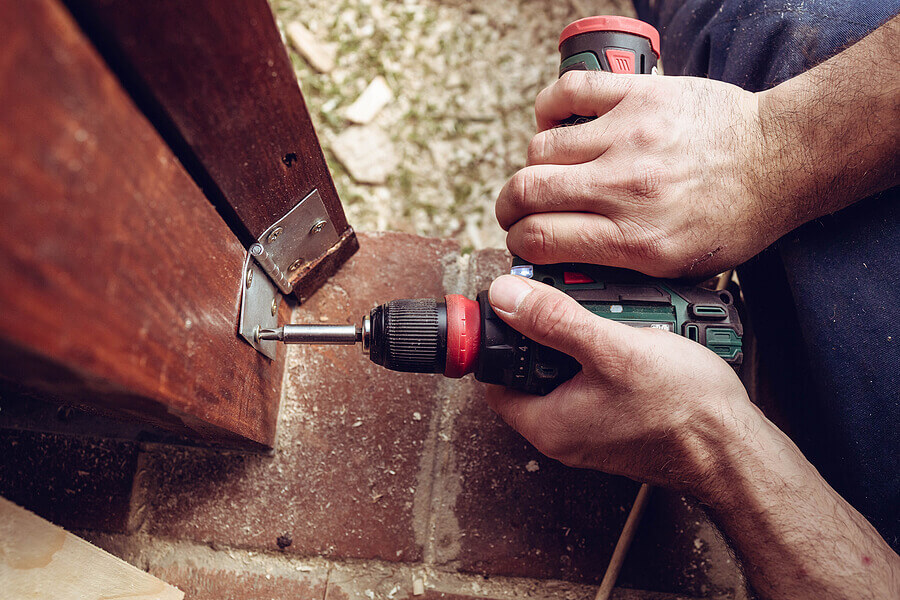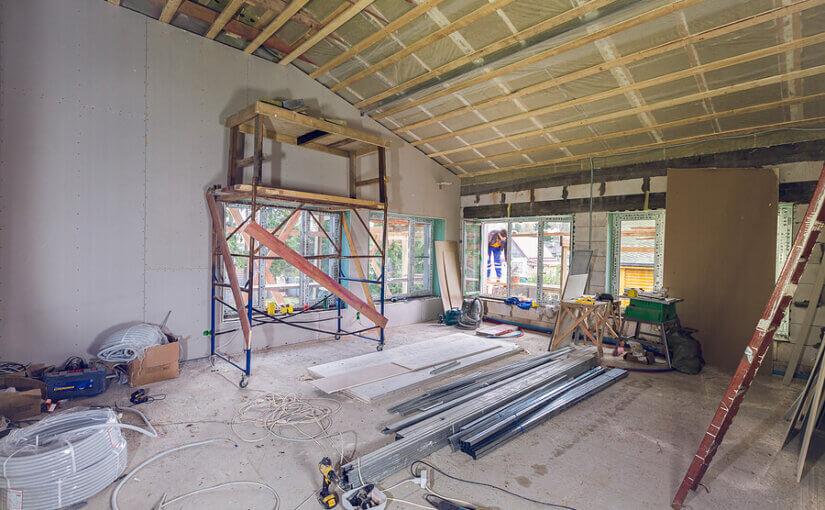So you’ve decided to embark on the exciting adventure of renovating your property. Fantastic!
However, before picking out tiles and paint colours, you must first take the area back to basics and gut your home.
You can gut a house on a budget by carrying out the task yourself, donning your favourite overalls and familiarising yourself with power tools.
Read our top tips for gutting a house to tackle the project efficiently and make the most of your budget.
What does gutting a house mean?
When people gut a house, they usually strip away the main fittings and fixtures so only the home’s basic structure remains.
From this point, homeowners can rewire the area, update the plumbing, change the home’s internal layout, and more.
Gutting a house is much more extensive than basic room remodelling, resulting in more debris and a more extended project.
Cost of gutting a house
The cost of gutting and remodelling a house depends on several factors, including:
- The size, age, condition, and location of the property
- What you want to update, e.g., if there is any structural work
- The quality of required materials
- Whether you are extending the home
- Final decorations
To gut and renovate an average-sized three-bedroom house in the UK, homeowners can expect to pay between £76,900 – £138,800. However, unexpected costs are likely to appear during any renovation project, so it’s best to start with a higher budget.
You can minimise these expenses by gutting the home yourself and employing tradespeople to renovate and remodel once your home is empty.
How to prepare for gutting a house
Before gutting your home, it’s recommended you prepare a few things.
1. Get a permit
Check if your property renovation needs a permit. Most remodels, including loft conversions, conservatories, and porches, don’t require permits. However, this could change depending on the age and location of your home.
2. Check your insurance
Ensure your home insurance covers damage during property gutting and renovations. Insurance is especially useful in protecting your home from significant faults such as flooding or electrical errors.
3. Ensure your home is safe
Before you start gutting your home, it’s worth ensuring it’s safe from any major structural faults. If overlooked, these faults could prove dangerous to your family, neighbours, and labourers carrying out the building work.
4. Protect your items
Protecting any remaining furniture and items is crucial if you’re not gutting or renovating the entire home. Cover large objects with a plastic tarp and pack precious belongings into boxes.
5. Order a skip
Gutting a house generates lots of debris, and hiring a skip ensures the rubbish is safely contained and adequately managed at the end of your renovation. If you live on a busy street, an enclosed and lockable skip is a great way to protect your waste from misuse.
How to gut a house

Patience and organisation are essential when gutting a house — you won’t be able to gut your entire property in one day.
Plan your approach
Working methodically from one room to the next is one approach. However, this may take longer and require more waste containers.
Instead, we recommend gutting your home as you would fill your skip. Start with flat items before moving onto tessellate objects, large and bulky items, and finally, loose debris.
Take care not to bring ripped-out materials back into your homes, such as brick dust or plasterboard chunks. To minimise debris, leave more substantial demolition until the end of the house gutting.
Hiring a large skip or multiple skips avoids storing waste on your property. You can call your skip hire company to remove the full skip and have an empty one lined up to keep the house gutting process moving.
To ensure a smoother project, stay in regular contact with your skip hire company, updating them on any additional container needs or waste questions.
Gather equipment and tools
Protective clothing, a plastic tarp, and tools like a sledgehammer, crowbar, or power drill are all useful when gutting a house.
Gathering your equipment will make it easier to find when needed. There’s nothing worse than getting partway through a house gutting job and realising you can’t locate or have forgotten a crucial tool.
Outline safety precautions
Gutting a house is a significant project and requires adequate safety precautions.
Promptly remove broken items, such as glass or twisted metal, by placing them into your skip.
If you find dangerous materials like asbestos in your property, you will need to pause the house gutting and contact a specialist. Asbestos can’t go into a skip.
Turn off utilities
Before gutting your home, turn off the power, water and other utilities.
Switching off the main electrical panel protects you from nasty accidents that could occur while removing plug sockets and light fixtures.
Enjoy the process
Although gutting a house can uncover surprises, many find the process enjoyable and exciting.
Once your home is empty and stripped back to its basic structure, a blank canvas with endless opportunity awaits. Next, the real fun can begin — designing, building and living in your new space!
